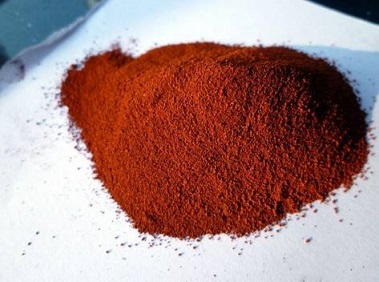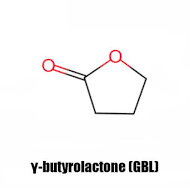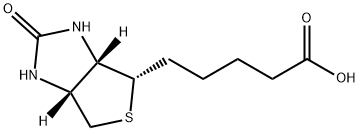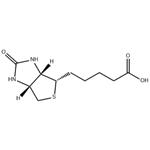What is D-biotin?
Oct 10,2019
D-biotin is the naturally occurring, biologically active form of the B vitamin biotin. It's involved in lipid, protein and carbohydrate metabolism. Because biotin is relatively plentiful among foods and your intestines are even able to produce it, a deficiency is rare and supplements are usually unnecessary unless your doctor recommends them. Foods rich in biotin include eggs, dairy products, peanuts, almonds, walnuts, wheat bran, whole-wheat bread, wild salmon, Swiss chard, cauliflower, avocados and raspberries.
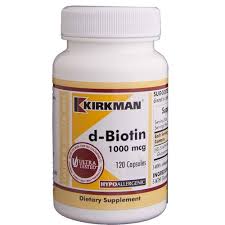
What Is the Difference Between D-Biotin and Biotin?
Biotin, also called vitamin H (the H represents Haar und Haut, German words for "hair and skin") or vitamin B7, is a water-soluble B vitamin. It is involved in a wide range of metabolic processes, both in humans and in other organisms, primarily related to the utilization of fats, carbohydrates, and amino acids.
D-biotin is one of eight forms of the water-soluble vitamin, biotin, also known as vitamin B-7. It is a coenzyme -- or helper enzyme -- for numerous metabolic reactions in the body. D-biotin is involved in lipid and protein metabolism and helps convert food into glucose, which the body uses for energy. It's also vital for maintaining skin, hair and mucous membranes.
How does it work?
Biotin is an important component of enzymes in the body that break down certain substances like fats, carbohydrates, and others.
There isn't a good laboratory test for detecting low biotin levels, so this condition is usually identified by its symptoms, which include thinning of the hair (frequently with loss of hair color) and red scaly rash around the eyes, nose, and mouth. Other symptoms include depression, tiredness, hallucinations, and tingling of the arms and legs. There is some evidence that diabetes could cause low biotin levels.
- Related articles
- Related Qustion
- D-Biotin: Application; Side effects and Benefits Jan 8, 2024
D-Biotin is a water-soluble enzyme cofactor that is present in trace amounts in every living cell. It binds primarily to proteins or peptides and is abundant in liver, kidney, pancreas, yeast and milk. Biotin, also known as vitamin B7, is u
- Synthesis of Biotin May 24, 2022
Biotin is an organic heterobicyclic compound that consists of 2-oxohexahydro-1H-thieno[3,4-d]imidazole having a valeric acid substituent attached to the tetrahydrothiophene ring.
Iron oxides are chemical complexes which occur naturally, comprising iron and oxygen. Here, together, 16 types of iron oxides and oxyhydroxides have been identified. These two components of oxides are widely spread naturally. They are vital....
Oct 9,2019Inorganic chemistryγ-Butyrolactone (GBL) is a hygroscopic colorless, water-miscible liquid with a weak characteristic odor. It is the simplest 4-carbon lactone. It is mainly used as an intermediate in the production of other chemicals.....
Oct 10,2019Chemical Reagents



